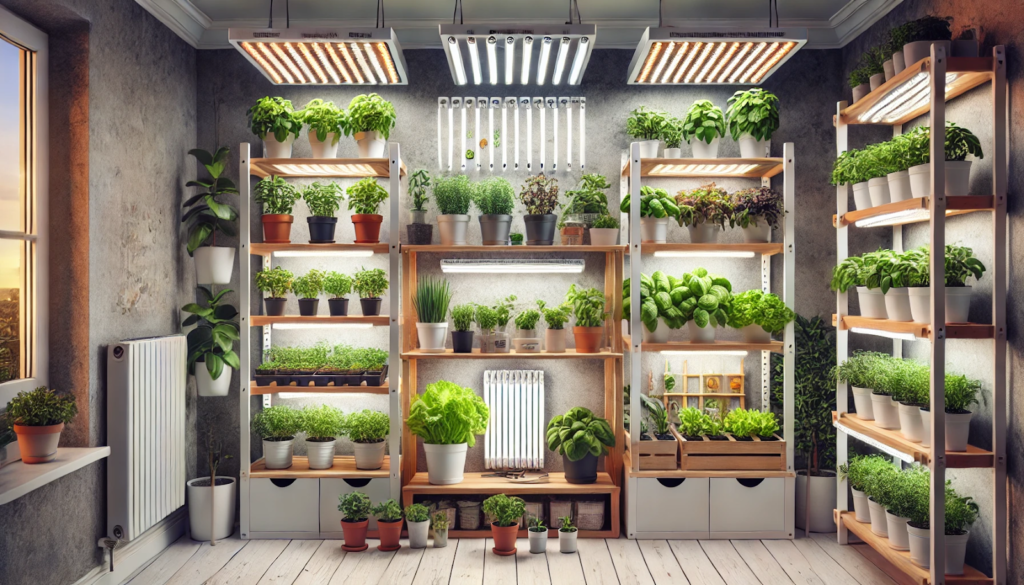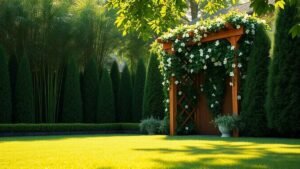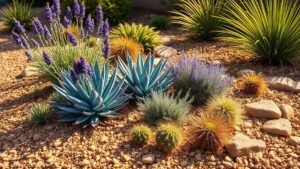Indoor gardening opens up year-round growing possibilities, but light is the most critical factor for plant success. When natural sunlight is limited or unavailable, grow lights can step in and provide the full-spectrum light your plants need to photosynthesize, grow, and thrive.
In this guide, we’ll explore the best types of indoor grow lights, how to choose the right one, and tips for setting up an efficient indoor gardening system.
1. Why Use Grow Lights?
Not all indoor spaces receive adequate sunlight. Grow lights allow you to:
- Grow herbs, leafy greens, and vegetables indoors year-round
- Start seedlings early before transplanting outdoors
- Boost growth in low-light homes or apartments
- Control light duration and intensity for better yields
Grow lights simulate the sun’s spectrum, giving your plants exactly what they need.
2. Types of Grow Lights for Indoor Gardening
Each type of grow light has its pros and cons depending on your space, budget, and plant type.
A. LED Grow Lights
- Energy-efficient and long-lasting
- Produce very little heat
- Available in full-spectrum or targeted wavelengths
- Great for small spaces or full garden setups
Best for: Beginners, leafy greens, herbs, and general indoor gardening.
B. Fluorescent Lights (T5, T8, CFL)
- Cool-running and inexpensive
- Compact fluorescent lamps (CFLs) work well for small setups
- T5 tubes are stronger and suitable for larger spaces
Best for: Seedlings, herbs, low-light houseplants.
C. High-Intensity Discharge (HID) Lights
- Includes Metal Halide (MH) and High-Pressure Sodium (HPS)
- Very powerful and bright
- Produce significant heat and require ventilation
Best for: Experienced growers, fruiting plants, and large indoor gardens.
D. Halogen and Incandescent (Not Recommended)
- Inefficient and hot
- Not full-spectrum
- Short lifespan
Avoid these for serious gardening—they’re outdated and ineffective.
3. Full-Spectrum vs. Targeted Spectrum
Plants respond to different colors of light at different stages.
- Blue light (400–500 nm): Promotes vegetative growth (ideal for leafy greens)
- Red light (600–700 nm): Supports flowering and fruiting
- Full-spectrum lights: Mimic natural sunlight, suitable for all stages
Choose full-spectrum for versatility, or targeted for specific goals.
4. How to Set Up Grow Lights Indoors
A. Distance from Plants
- LEDs: 12–24 inches above plants
- Fluorescent tubes: 6–12 inches
- HIDs: 24–36 inches (with ventilation)
Too close = leaf burn. Too far = leggy growth.
B. Light Duration
- Seedlings & leafy greens: 12–16 hours/day
- Flowering plants: 14–18 hours/day
- Dormant houseplants: 6–8 hours/day
Use timers to automate light schedules and prevent stress.
C. Reflect Light Efficiently
- Use white walls or Mylar to bounce light
- Avoid dark, absorbent materials near your grow area
- Keep bulbs and fixtures clean for maximum output
Efficient setups save energy and boost results.
5. Best Grow Lights by Purpose
| Purpose | Recommended Light |
| Herbs & Microgreens | LED panel or CFL |
| Leafy Greens | T5 fluorescent or LED strips |
| Fruiting Vegetables | Full-spectrum LED or HID |
| Seed Starting | CFLs or small LED units |
| Indoor Flowering | Full-spectrum LED with red boost |
Choose based on what you’re growing and your available space.
6. Troubleshooting Common Grow Light Issues
- Plants leaning toward light? Rotate regularly or adjust distance
- Burnt leaf tips? Light may be too close or too intense
- Slow growth? Increase light duration or switch to full-spectrum
- Leggy seedlings? Not enough light—move closer or upgrade strength
Regular monitoring helps fine-tune your system.
Conclusion: Let There Be (Grow) Light
Grow lights are a game-changer for indoor gardening. With the right setup, you can grow fresh herbs, crisp lettuce, or even tomatoes right inside your home—any time of year. Whether you’re starting small or building a full grow room, quality lighting will make all the difference.
Choose the right type, set it up smartly, and watch your indoor garden thrive.






